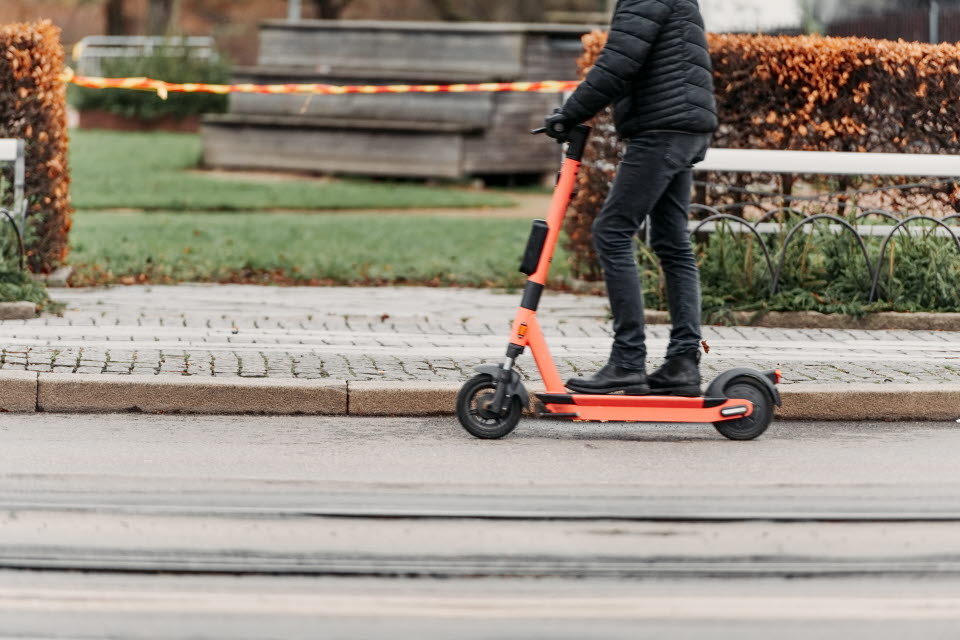A young man under the influence of alcohol drives on an uneven surface or drives against a curb. He falls off and suffers injuries to his face and head. This happens late in the evening or during the night. That’s pretty much how a typical accident with an electric scooter unfolds.

A new report from VTI has examined accidents involving electric scooters in Sweden and developments in other European countries in recent years. In Sweden, there were 9,271 accidents resulting in personal injury involving at least one electric scooter during the period 2019 to November 2023. Ten of these were fatal accidents and 322 were serious accidents, while 2,744 resulted in moderate injuries for the victim.
Most accidents were single accidents that occurred in the afternoons, evenings, and nights, often on weekends. Physical obstacles in the infrastructure, such as curbs, uneven surfaces and bad weather, were often the contributing factors in the accidents. Helmet use was very low.
The literature review shows that those who had the most accidents were males under the age of 35, but when the frequency of use was taken into account, only young people had a higher risk of being involved in an accident. Remarkably often, the electric scooter rider involved in the accident was also intoxicated or at least under the influence of alcohol.
“A Norwegian study shows that alcohol was present in four out of ten accidents involving electric scooters. In Sweden, there is a study that shows that in three out of ten accidents alcohol was involved, so there is reason to believe that the situation is roughly the same here. We see this not least in the accident descriptions drawn up by the police and the health service,” says investigator Susanne Wallhagen, who wrote the report.
A large proportion of the victims were also children and young people under the age of 18. Between 2021 and 2022, children and young people accounted for 23 per cent of injured electric scooter riders.
“This is remarkable and a clear increase compared to previous years. The fact that an increasing number of young people are receiving or purchasing electric scooters is undoubtedly one factor. Sometimes several people ride together on an electric scooter, which could contribute to accidents,” says Susanne Wallhagen.
The report discusses various measures to reduce accidents and increase safety for electric scooter riders. Several countries have tougher regulations than Sweden, and the European Road Safety Organization (ETSC) has also proposed a number of possible measures. These include, for example, the introduction of an alcohol limit (available in Norway), the requirement for helmets (in Sweden this only applies to children) or technical changes such as a requirement for turn signals.
Another possible measure is a ban on handheld mobile phones, similar to the ban on the use of mobiles for motorists.
“Different measures may have different advantages and disadvantages, but somehow the rules should be tightened up. It is another matter as to whether these measures are complied with, and the police must be given resources for better surveillance,” says Susanne Wallhagen, who supports the idea of road safety courses for young people at school.
“Sadly, this happens far too infrequently. But children need to learn and talk about how to behave in traffic and how to use both scooters and regular bikes.”
To further complicate matters, a lot of electric scooters are probably faster and more powerful than the 20 km/h and 250-watt standards needed to be classified as bicycles. This aspect will, among other things, be examined in an ongoing investigation into the provision and use of electric scooters that Transport Analysis (a Swedish government agency for transport policy analysis) is conducting on behalf of the government.
Read the report (in Swedish): Elsparkcyklar: Genomgång av internationell litteratur och analys av svenska olycksdataExternal link.
Contact:






Follow us: